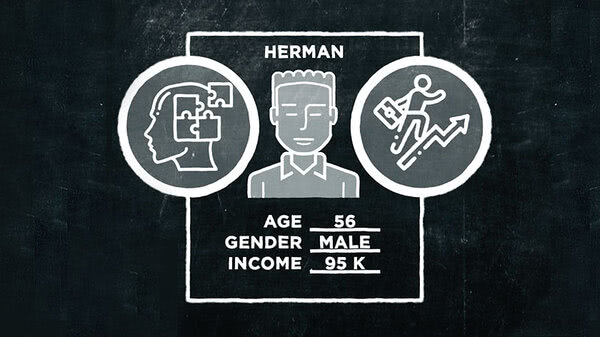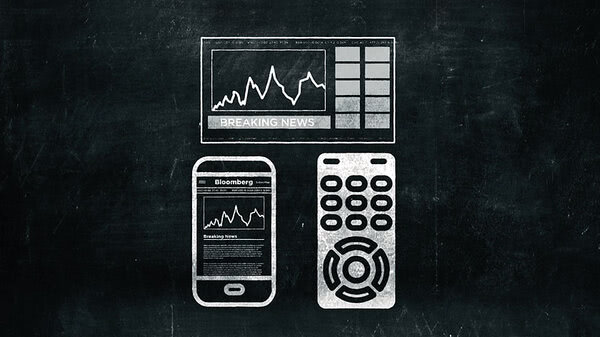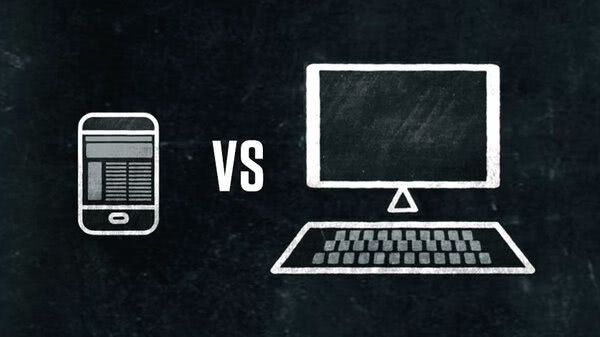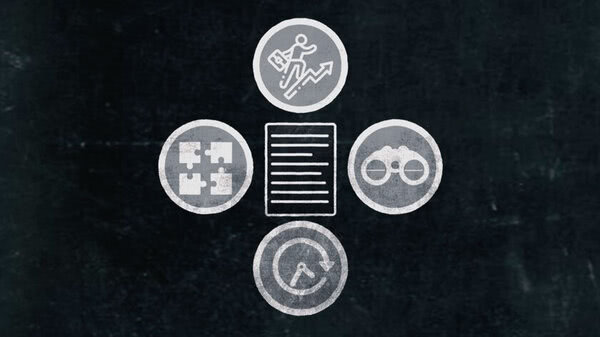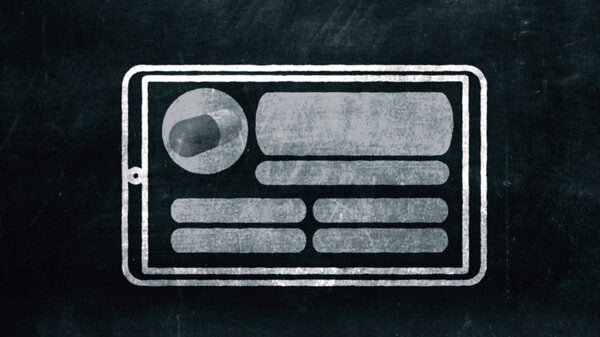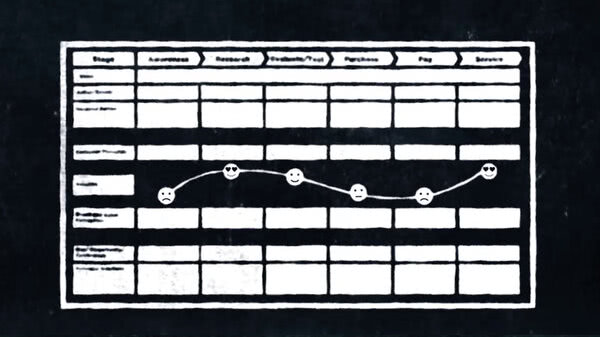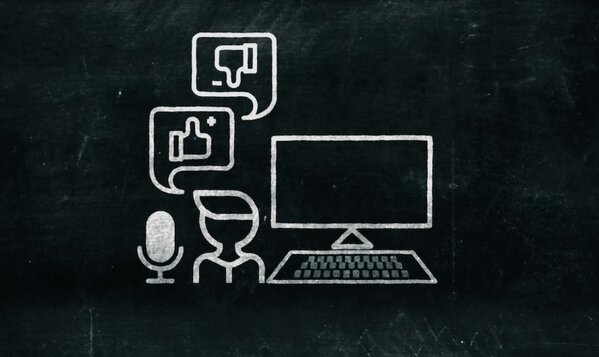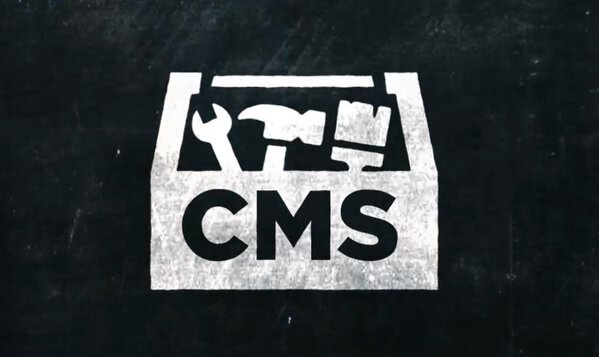The creative brief has been written. The client and the agency are in agreement. What now? Does this mean we're done with it? Well. . . kind of.
We're certainly done working on that document. In fact, once both parties have signed off on it, it shouldn't be changed.
Because it is in effect a contract. The completion of the creative brief signals the start of the actual creative work.
How the agency proceeds from here comes down to their individual style. Sure. They may just email it to everyone involved, but they could also give it a proper unveiling with a kickoff meeting, which might even include a short presentation. Maybe some cake. Maybe even fireworks.
Okay. Depending on the scale of the project, that might be a bit more work than it's worth.
But you probably at least want a quick meeting with your team members to ensure that everyone has read the brief. And, if they haven't, read it to them.
Once your team, suitably inspired yet sharply focused, has scattered to their desks, you can then start tackling the next steps in the campaign.
From this point on, the creative brief serves as a touchstone for your team. They should return to it whenever they embark on a new stage in the project. If they find themselves stalled or just feel as though they've lost their way.
Remember, this is supposed to serve as a source of inspiration.
Sometimes, despite your best efforts, the day comes when you realize that the project isn't going in the direction you had planned.
And that's when you can pull out the creative brief and check exactly what was agreed upon. If someone suggests doing something that is outside the brief, point to it and refuse. Because now you've got the paperwork to back you up.
But just as a well-considered brief can avert trouble, a poorly conceived one can trigger it.
Topping the list of "Briefs Gone Bad" is the brief that specifies too much. This one attempts to control, or even do the creative work from the start rather than trusting the creative team to come up with something great.
The opposite problem, a brief that doesn't give enough direction. This is less common, but it does happen. This is a sort of brief that resorts to vagaries, like "just make us look great".
Sometimes the vague brief is a result of a client simply not knowing the issue they are addressing. Or they may be fearful that if the brief is too specific, it will preclude some brilliant idea.
Another example of a poor brief is one that fails to specify the objectives, such as the problem to be solved, deadline or budget. Skipping these elements is a recipe for disaster.
But probably the worst mistake is not to write a brief at all. Without a brief, it's too easy to just start a project, assuming that everyone is on the same page.
A well-expressed creative brief ensures that everyone is in agreement because it declares the objectives of the project simply and clearly. It serves as a record.
Whether your campaign goes exactly as planned or starts to veer off course, you'll be glad you took the necessary time to write a solid brief.




